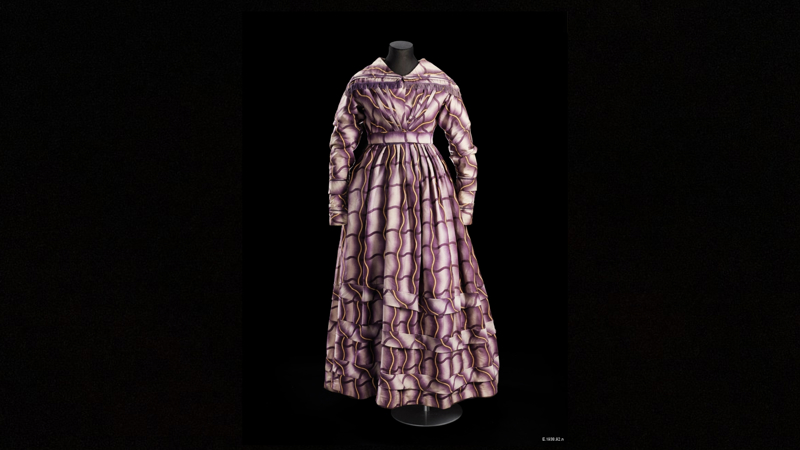The Glasgow Cudbear Works continued production after Macintosh’s death in 1807 under the name George Macintosh & Co. Yet again financial investment came from Glasgow West India merchants, including Charles Stirling of Cadder, son of William Stirling of Keir and leading partner in Stirling, Gordon & Co. Research published by Dr Anthony Cooke reveals that Stirling left an interest of £17,916 in George Macintosh & Co. upon his death in 1830. The company continued production for a further 20 years before it closed in 1851.
Rebecca Quinton,
Research Manager (Art)



